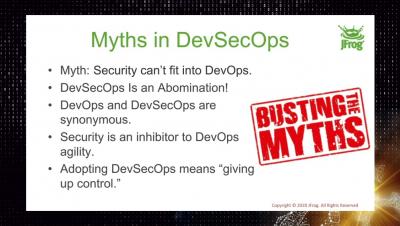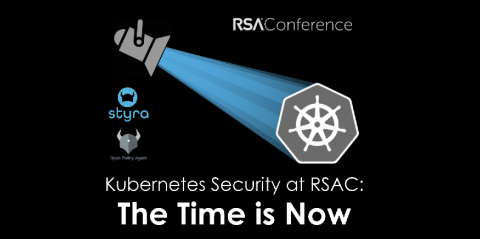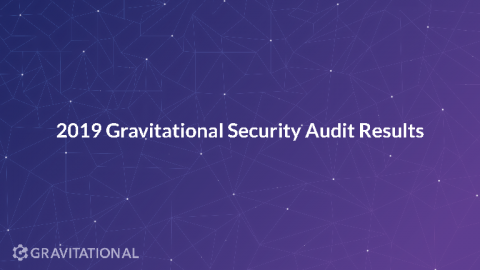What is a Data Breach and How It Can Be Cured? (Part 1)
In the age of the digital world, cyber threats and vulnerabilities have gained the attention of security leaders as well as countries across the globe. The issue of cyber warfare is no longer limited to organizations. Rather, even state-sponsored cyber-attacks are being organized and launched against enemy states.










